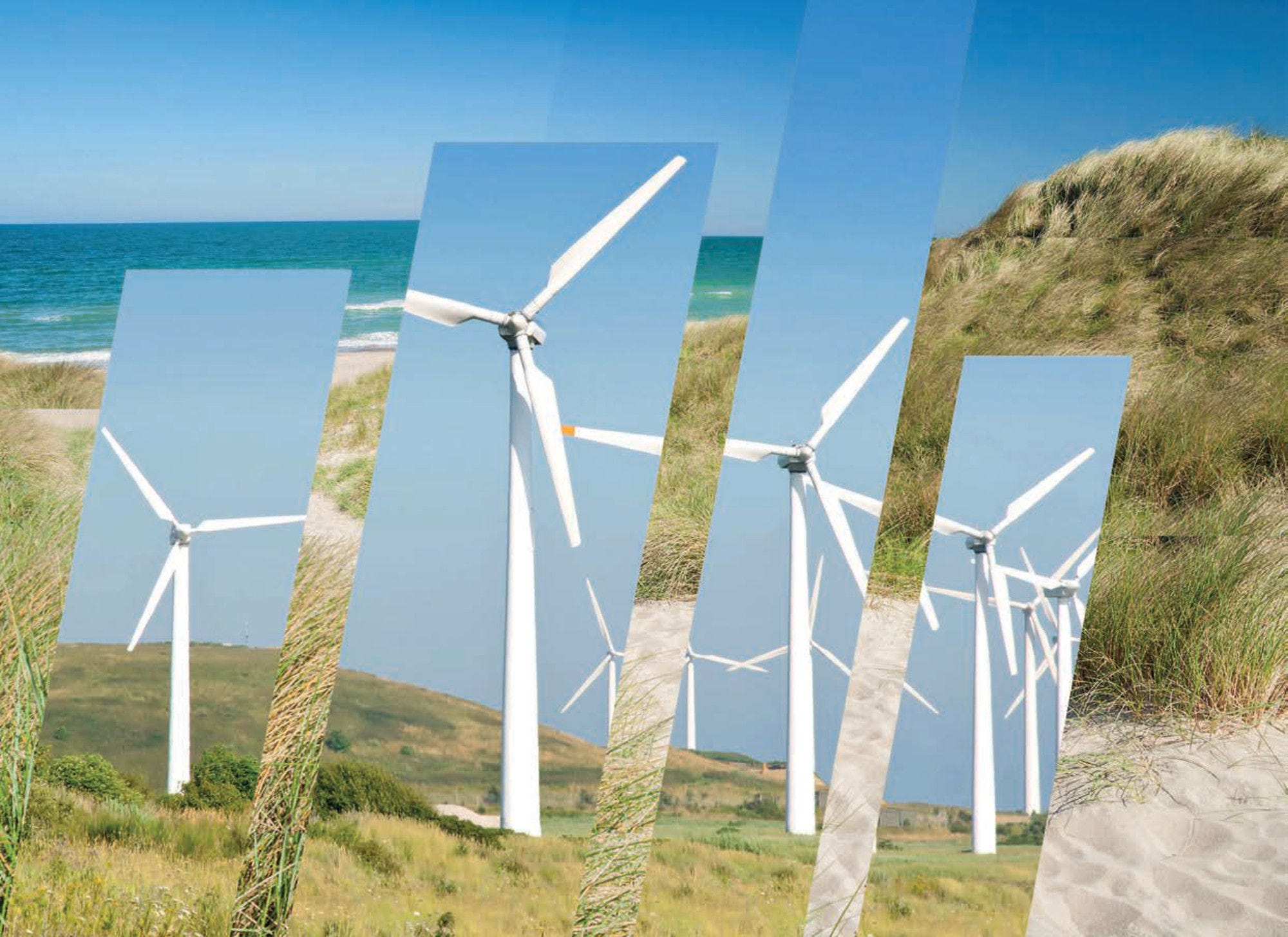Denmark outperforms the OECD average for most of the Sustainable Development Goals. It has decoupled its greenhouse gas (GHG) and major air pollutant emissions from economic activity. Denmark ranks among the OECD countries with the lowest energy intensity, thanks to a proactive energy efficiency policy. It has experienced a boom in renewable energy resources over the last decade, with renewables rising from 15% to 35% of total primary energy supply, driven by strong political will and public acceptability. Denmark has become a world leader in wind energy technology thanks to the significant and growing support of electricity consumers (via the electricity bill). It is now committed to increasing the share of renewables in gross final energy consumption from 30% in 2020 to 55% by 2030.
Despite progress, environmental challenges persist. In spite of strong nitrogen pollution management policies over the past decade, Denmark still faces excessive levels of nitrogen discharges into its coastal waters, of which only 1.7% are in good ecological status. Denmark’s spatial planning policy promotes the interconnectivity of areas of interest for nature protection, but the nature protection policy does not set targets for protected areas other than biodiversity forests (which represent a very small part of Denmark’s land).
